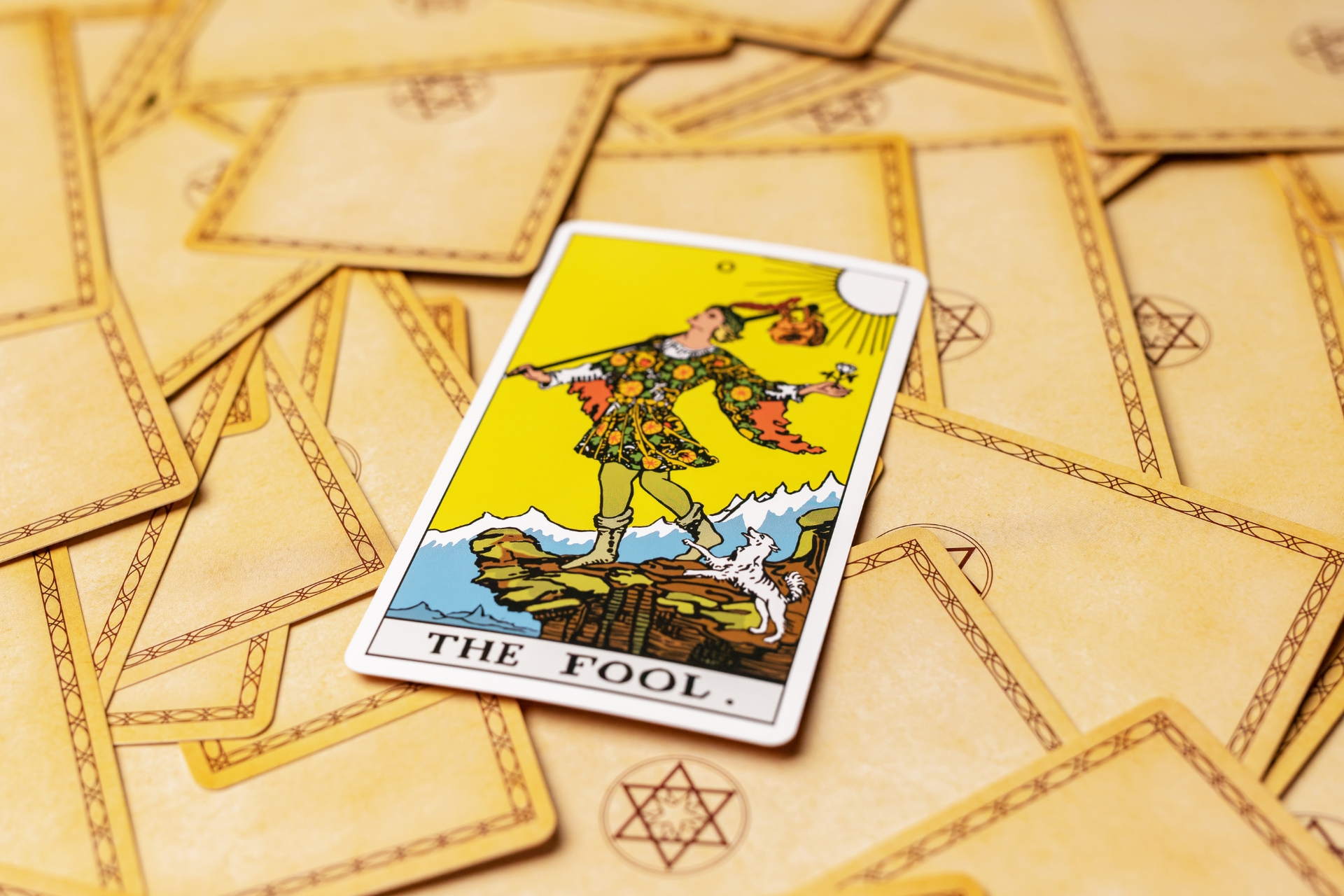As many of us strive to find balance in our fast-paced lives, meditation and mindfulness have emerged as powerful tools for achieving inner peace and clarity. While often used interchangeably, mindfulness and meditation are two distinct practices, each with its own unique benefits and approaches.
However, despite the confusion, both practices complement each other and share similar goals of promoting self-awareness, overall wellbeing, reducing stress and personal growth.
Mindfulness – paying attention to the present moment without judgment
Mindfulness is a state of active, open attention to the present moment. It involves being fully aware of your thoughts, feelings, sensations, and the environment around you, accepting everything as it is, without judgment, attachment or reactivity. It encourages you to notice and acknowledge your thoughts and emotions without getting caught up in them. At its core, mindfulness is about being fully engaged in whatever you’re doing, whether it’s eating, walking, or simply breathing.
One of the key aspects of mindfulness is acceptance. Rather than trying to change or resist what’s happening, mindfulness encourages you to acknowledge your experiences without attachment or aversion. This non-reactive stance can help cultivate a greater sense of calm and equanimity, even in the face of challenging circumstances.
Mindfulness can be practiced formally through exercises like mindful breathing, body scans, or mindful movement, as well as informally throughout the day by simply bringing awareness to your daily activities.
Mindfulness originated in the Buddhist tradition and was popularised for the West by writers such as Jon Kabat-Zinn, Pema Chodron, and Thich Nhat-Hanh.
Meditation – observe yet transcend thoughts
On the other hand, meditation is a deliberate practice that involves training the mind to observe the present moment including thoughts, but eventually transcend our stream of thoughts and enter a state outside of our mental thinking.
Meditation is popularly connected to the Vedic and yogic tradition in India, with different forms of meditation developing in Buddhism and Taoism, mainly in India and China. It was brought to the West by Indian spiritual teachers and meditation teachers.
Meditation is not, as often misunderstood, to be a practice to stop thinking. It is a systematic approach to quieting the mind and cultivating a state of calm and clarity.
This is done through becoming a witness to your thoughts and as you do so, you eventually stop identifying and reacting to them automatically. This leads to a sense that there is a depth to your consciousness that you had never accessed before.
As Sri Sri Ravi Shankar, world-renowned spiritual teacher and meditation master explains,
Meditation is the delicate and effortless art of doing nothing. It is the skill to take a deep rest while being conscious and alert. Beyond all the chatter and noise in our mind, there is a silent, peaceful, blissful, beautiful space that exists in all of us, a place that is intact and unbroken. Turning our attention to this silent chamber is meditation. This silence cleanses the mind, giving it a much-needed rest, and makes room for better perceptions and new ways of looking at life and its challenges.
Sri Sri Ravi Shankar
Meditation can take many forms, such as focusing on the breath, repeating a mantra, or engaging in guided visualisation.
The goal of meditation is to develop a deep sense of inner awareness, allowing you to gain insights into the nature of your mind and experience a sense of inner peace and tranquillity.
Where mindfulness and meditation meet
While mindfulness and meditation are distinct practices, they are often intertwined. Many forms of meditation, such as mindfulness meditation, incorporate elements of mindfulness by encouraging non-judgmental awareness of the present moment. Similarly, cultivating mindfulness through daily activities can support and deepen your meditation practice by fostering a greater sense of presence and receptivity.
In a sense, meditation is like the workout, and mindfulness is the result.
While mindfulness can be a part of meditation, meditation is a broader practice that encompasses various techniques and approaches.
Ultimately, whether you choose to focus on mindfulness, meditation, or a combination of both, the key is consistency and intentionality. By dedicating time and effort to these practices, you can cultivate a greater sense of peace, clarity, and well-being in your life.



